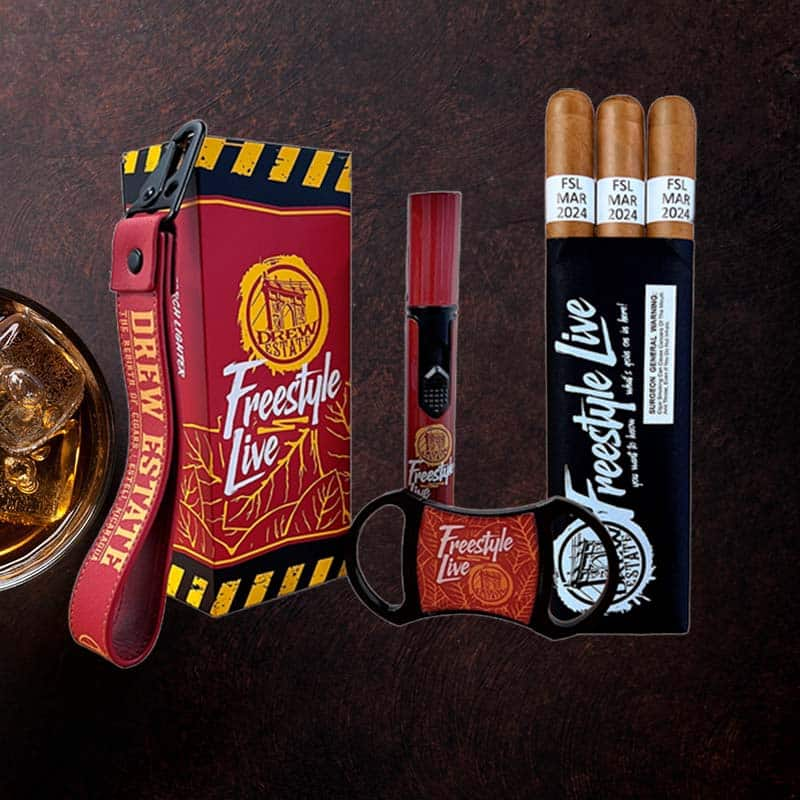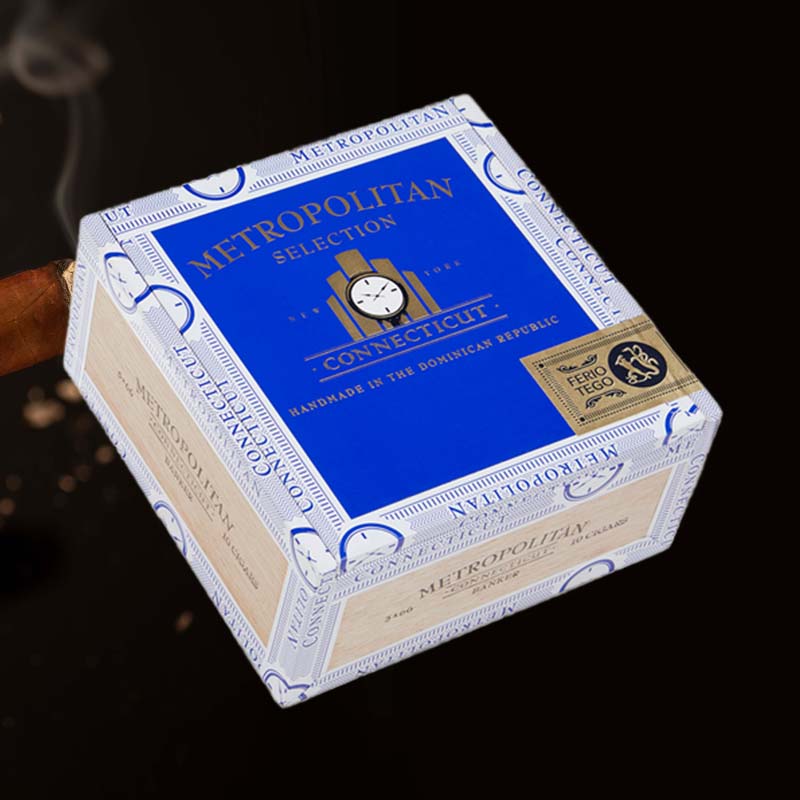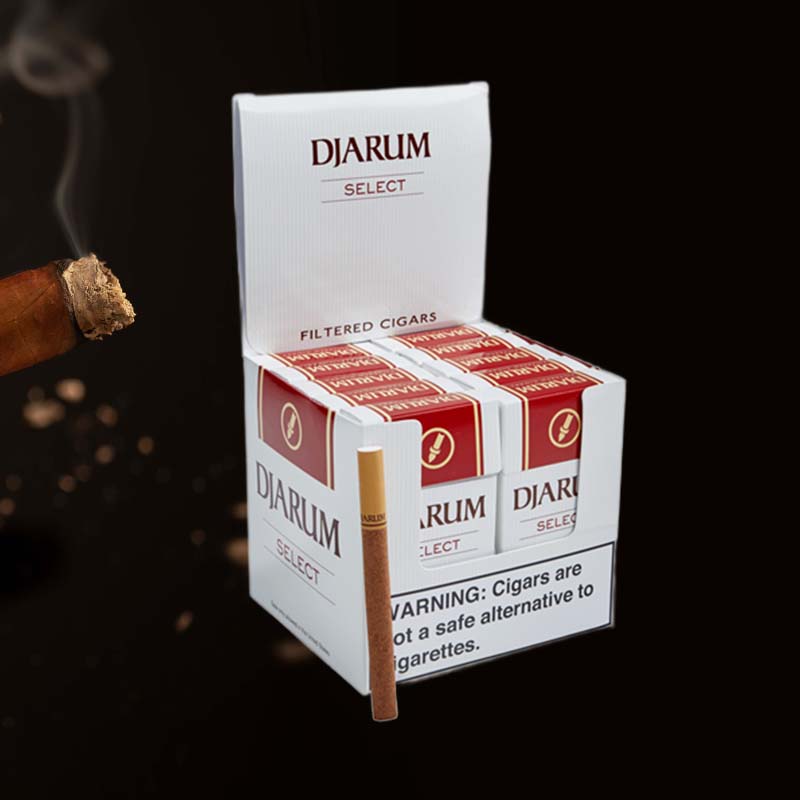Diy torch ligh
DIY Torch Light: Introduction
As someone who loves crafting and the thrill of creating my own tools, I found great joy in making a DIY torch light. There’s something undeniably rewarding about taking a few basic materials and turning them into a functional piece of equipment. This guide is about sharing that experience with you—step by step—emotionally connecting you with the fun, creativity, and practicality of building your very own torch light.
What You’ll Learn
In this article, I’ll take you through the entire process of creating a DIY torch light, including:
- Required materials and tools
- Circuit diagram and its components
- Assembly steps and connections
- Testing your finished product
- Tips for avoiding common pitfalls
- Creative ways to use your torch light
Step 1: Required Materials
List of Materials Needed
Before diving into creating your torch light, I gathered a straightforward list of materials:
- LEDs (Light Emitting Diodes)
- 220 Ohm resistor
- Battery holder (AA batteries)
- On/Off switch
- Wires (preferably insulated)
- Electrical tape
- Small tube or bottle (for the body)
Step 2: Circuit Diagram
Understanding the Circuit
Creating a circuit might sound intimidating, but I found it to be a fascinating puzzle. The circuit diagram shows the connections between various components. Each part plays a pivotal role in ensuring that electricity flows evenly to power the LED without burning it out—trust me, it’s all about the balance!
Step 3: Connecting the Components
Connecting the Wire and On/Off Switch
This is where the magic begins! First, I attached one end of the wire to the positive terminal of the battery holder, then connected the other end to one terminal of the on/off switch.
Connecting LED and Switch
Next, I connected the LED. I found it essential to remember the polarity here—long legs mean positive, and short legs mean negative. I hooked the LED’s positive leg to the switch’s other terminal!
Adding a Resistor to the LED
This step requires a simple trick: attach the resistor to the LED’s negative leg. This ensures that the LED receives just the right amount of current to light up without exploding (which I’ve seen happen!).
Connecting the LED to the Battery
Finally, I connected the remaining leg of the LED to the negative terminal of the battery holder, thereby completing the circuit. It’s like putting the last piece of a jigsaw puzzle in place.
Step 4: Final Assembly
Securing the Connections
Using electrical tape, I secured the connections tightly. This step ensures that when I pick up my torch light, nothing wobbles or disconnects.
Testing Your Torch
Once everything is connected, I held my breath and flipped the switch. To my delight, the LED lit up brilliantly, and I felt an overwhelming sense of achievement! Testing your torch light is crucial—don’t skip this part!
Tips for Building Your DIY Torch Light
Common Mistakes to Avoid
As I delved into my project, I encountered a few snags. Here’s what I learned to avoid:
- Skipping the resistor can damage the LED.
- Not double-checking the polarity can lead to failures.
- Using non-insulated wires may cause short circuits.
Warnings
Electrical Safety Precautions
While building is fun, safety is paramount. Always wear safety glasses, work in a well-ventilated area, and ensure that your battery is disconnected while you make connections. It’s better to be safe than sorry!
Inspiration: Creative Uses for Your DIY Torch Light
Outdoor Activities
Imagine heading out for a camping trip. As the sun dips below the horizon, I whip out my handmade torch light, illuminating the path ahead, serving as a beacon to guide me back to my campfire.
Emergency Preparedness
Additionally, having a DIY torch light during power outages brings peace of mind. When the lights flicker out, I confidently flip the switch and have a reliable light source to navigate dark spaces.
Community Q&A
Top Questions Asked by Readers
I love sharing knowledge and answering questions. Here are top inquiries I often receive: What kind of battery should I use? How long will the LED last? Will this work in wet conditions? All great questions! Generally, AA batteries work well, LEDs have long lifespans, and while I wouldn’t recommend submerging it, minor water splashes should be fine!
Conclusion: Enjoy Your DIY Torch Light!
Share Your Experience
Now that you have your own torch light, I encourage you to share your experiences! Upload pictures, share stories, or even improve my design! There’s an exhilarating sense of community when we work on projects together.
You Might Also Like
Related Projects and Ideas
If you enjoyed building this, check out other related projects, such as DIY lanterns or personalized emergency kits! The possibilities are endless when it comes to crafting.













